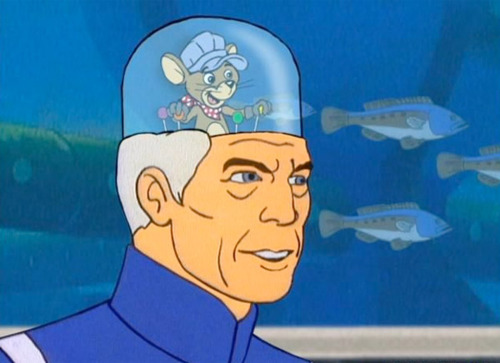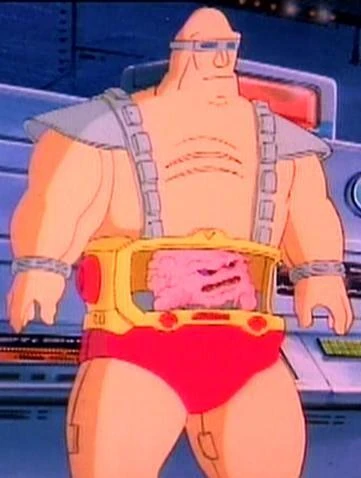E-Cat
Member
Although I personally believe this sort of procedure is still many decades into the future, it does open up interesting venues for life extension.
http://www.newscientist.com/article...ppen-in-two-years.html?full=true#.VO4QD_mUdS0
http://www.newscientist.com/article...ppen-in-two-years.html?full=true#.VO4QD_mUdS0
IT'S heady stuff. The world's first attempt to transplant a human head will be launched this year at a surgical conference in the US. The move is a call to arms to get interested parties together to work towards the surgery.
The idea was first proposed in 2013 by Sergio Canavero of the Turin Advanced Neuromodulation Group in Italy. He wants to use the surgery to extend the lives of people whose muscles and nerves have degenerated or whose organs are riddled with cancer. Now he claims the major hurdles, such as fusing the spinal cord and preventing the body's immune system from rejecting the head, are surmountable, and the surgery could be ready as early as 2017.
---
The first successful head transplant, in which one head was replaced by another, was carried out in 1970. A team led by Robert White at Case Western Reserve University School of Medicine in Cleveland, Ohio, transplanted the head of one monkey onto the body of another. They didn't attempt to join the spinal cords, though, so the monkey couldn't move its body, but it was able to breathe with artificial assistance. The monkey lived for nine days until its immune system rejected the head. Although few head transplants have been carried out since, many of the surgical procedures involved have progressed. "I think we are now at a point when the technical aspects are all feasible," says Canavero.
This month, he published a summary of the technique he believes will allow doctors to transplant a head onto a new body (Surgical Neurology International, doi.org/2c7). It involves cooling the recipient's head and the donor body to extend the time their cells can survive without oxygen. The tissue around the neck is dissected and the major blood vessels are linked using tiny tubes, before the spinal cords of each person are cut. Cleanly severing the cords is key, says Canavero.
The recipient's head is then moved onto the donor body and the two ends of the spinal cord – which resemble two densely packed bundles of spaghetti – are fused together. To achieve this, Canavero intends to flush the area with a chemical called polyethylene glycol, and follow up with several hours of injections of the same stuff. Just like hot water makes dry spaghetti stick together, polyethylene glycol encourages the fat in cell membranes to mesh.
Next, the muscles and blood supply would be sutured and the recipient kept in a coma for three or four weeks to prevent movement. Implanted electrodes would provide regular electrical stimulation to the spinal cord, because research suggests this can strengthen new nerve connections.
When the recipient wakes up, Canavero predicts they would be able to move and feel their face and would speak with the same voice. He says that physiotherapy would enable the person to walk within a year. Several people have already volunteered to get a new body, he says.
The trickiest part will be getting the spinal cords to fuse. Polyethylene glycol has been shown to prompt the growth of spinal cord nerves in animals, and Canavero intends to use brain-dead organ donors to test the technique. However, others are sceptical that this would be enough. "There is no evidence that the connectivity of cord and brain would lead to useful sentient or motor function following head transplantation," says Richard Borgens, director of the Center for Paralysis Research at Purdue University in West Lafayette, Indiana.
If polyethylene glycol doesn't work, there are other options Canavero could try. Injecting stem cells or olfactory ensheathing cells – self-regenerating cells that connect the lining of the nose to the brain – into the spinal cord, or creating a bridge over the spinal gap using stomach membranes have shown promise in helping people walk again after spinal injury. Although unproven, Canavero says the chemical approach is the simplest and least invasive.
But what about the prospect of the immune system rejecting the alien tissue? Robert White's monkey died because its head was rejected by its new body. William Mathews, chairman of the AANOS, says he doesn't think this would be a major problem today. He says that because we can use drugs to manage the acceptance of large amounts of tissue, such as a leg or a combined heart and lung transplant, a head transplant should be possible. "The system we have for preventing immune rejection and the principles behind it are well established."
---
Another hurdle will be finding a country to approve such a transplant. Canavero would like to do the experiment in the US, but believes it might be easier to get approval somewhere in Europe. "The real stumbling block is the ethics," he says. "Should this surgery be done at all? There are obviously going to be many people who disagree with it."
Patricia Scripko, a neurologist and bioethicist at the Salinas Valley Memorial Healthcare System in California, says that many of the ethical implications related to the surgery depend on how you define human life. "I believe that what is specifically human is held within the higher cortex. If you modify that, then you are not the same human and you should question whether it is ethical. In this case, you're not altering the cortex." However, she adds that many cultures would not approve of the surgery because of their belief in a human soul that is not confined to the brain.
As with many unprecedented procedures, there may also be concerns about a slippery slope. In this case, it would be whether this would eventually lead to people swapping bodies for cosmetic reasons. However, Scripko – who doesn't believe the surgery will ever happen – doesn't think this applies here. "If a head transplant were ever to take place, it would be very rare. It's not going to happen because someone says 'I'm getting older, I'm arthritic, maybe I should get a body that works better and looks better'."
---
Canavero is philosophical. "This is why I first spoke about the idea two years ago, to get people talking about it," he says. "If society doesn't want it, I won't do it. But if people don't want it in the US or Europe, that doesn't mean it won't be done somewhere else. I'm trying to go about this the right way, but before going to the moon, you want to make sure people will follow you."











